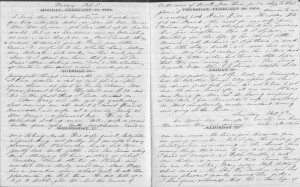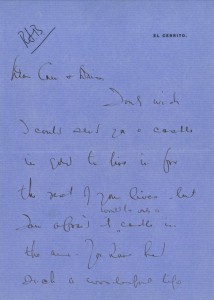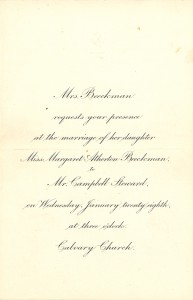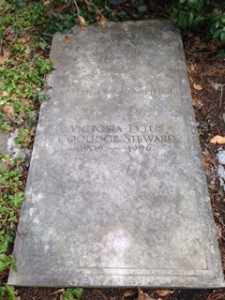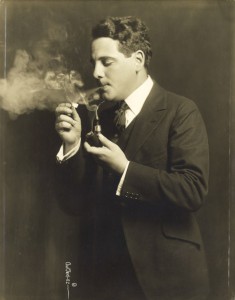
As genealogists, we tend to focus on the more remote past, rarely pausing to consider our parents’ or grandparents’ times in a rush to get back to 1850, or 1750, or sometime before that. Someday, of course, 1950 will seem as remote to our descendants as 1750 does to us, and it behooves us to focus some attention on twentieth century research before that century, like the ones before it, vanishes from shared (and contemporary) memory. Continue reading On with the dance
